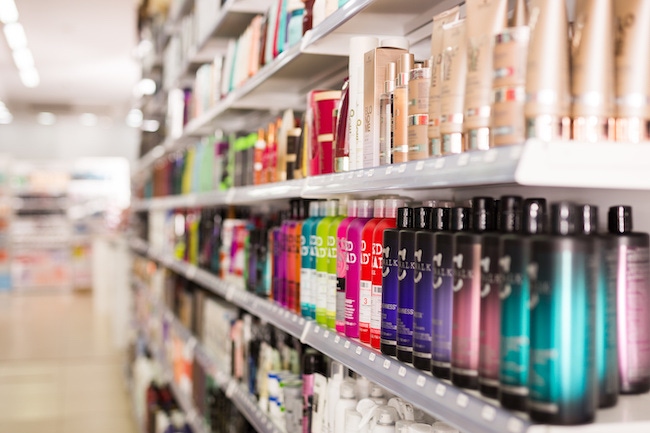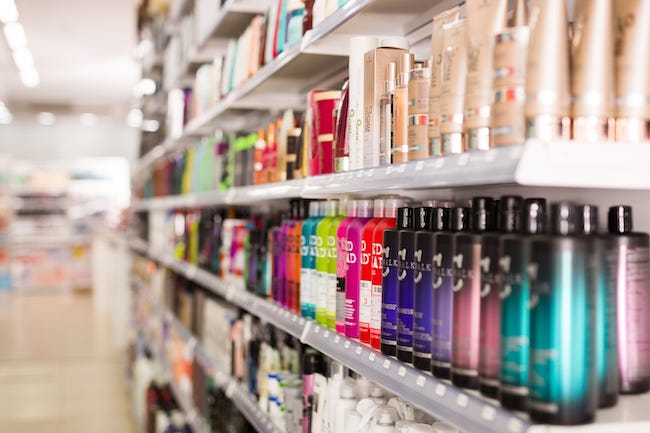June 3, 2020

With many US and China factories closed or focused solely on plastic for disinfectants and other cleaning products, many domestic beauty brands, specifically boutique brands, are having a hard time finding bottles and containers for their skin and hair products.
|
According to Allison Ullo of the public relations firm With Sara, which caters to health and beauty product companies, many of the brands she represents have had multiple issues as they frantically search for bottles so they can continue to fill orders. “Self-care products, as well as natural hair products, in particular, have seen a spike in sales as people look to care for their bodies and minds during this difficult time,” said Ullo. She contacted PlasticsToday to see if running a story about this shortage might prompt some producers of plastic bottles and jars for the health and beauty market to step up production.
A recent article in Breitbart News, “Coronavirus: US Reliance on China Spurs Plastic Bottle Shortage,” supports Ullo’s claim, noting that about 34% of the plastic bottles imported to the United States are made in China and 28% in Canada. Mexico and South Korea each make about eight and six percent, respectively, of imported plastic bottles. “Similarly, the United States is the largest importer of plastic lids,” said Breitbart. “More than 30% of US-bound plastic lids are made in China. Another 22% are made in Canada, and 12% are made in Mexico.”
Breitbart also said that the United States imports about $1.1 billion worth of plastic bottles and $7.5 billion worth of plastic lids every year. “Compare that to 1995, when the United States imported only about $73.5 million worth of plastic bottles and $870 million worth of plastic lids."
“The shortage of bottles for beauty brands is affecting everything from delayed deliveries to out-of-stock products, as companies search for alternative bottling options,” Ullo said. Some orders are delayed by two weeks while her clients wait for bottles to arrive back in stock. “We are seeing price impacts passed along [as they] source from other vendors — or existing vendors source from other vendors — with prices increasing 5 to 10% over normal pricing,” Ullo said. “The largest impact is lead time — doubling, tripling, or beyond for packaging.”
Gwen Jimmere, CEO of Naturalicious, a maker of hair-care systems and specialty hair products for African-American women, commented: “We are severely impacted by the supply chain of our industry. Most of the packaging and bottles we use are being bought up by large corporations that are using them for hand sanitizer. Suppliers prioritize them because they are larger and are spending greater amounts.
“As a result, we’ve had to mark some items out of stock due to packaging constraints, which directly impacts our revenue since we obviously can’t sell product without bottles or jars. Thus far, we have weathered the storm and found creative ways to get through it so we can continue being of service to our customers,” Jimmere explained. “But first we were told packaging would be available in June, now it’s being pushed to August by suppliers all around the United States.” Jimmere mentioned that her company has started producing hand sanitizer that is available on the Naturalicious website.
Kay Cola, founder of natural hair-care products company OrganiGrow, said, “We are having trouble creating our line of cleaning mousse. We were sold out for a while and had to completely change our shampoo bottles. We were also out of scalp massagers for at least a month. We order from the United States, but our vendors get them from China. We estimate that the company missed out on around $100K in sales since the outbreak [of coronavirus] due to bottle shortages.” Cola told consumers on her website that due to the shortage, containers may look different but the products’ “excellent quality is still the same.”
Since one of the key marketing strategies for beauty brands is packaging, a shortage of bottles, containers, and lids makes it difficult for these brand owners to ensure the consistency of their products when consumers go to their websites.
Citing a Bloomberg report, Breitbart said that “plastic-container producer Berry Global Group Inc. increased capacity at its North Carolina facility by 33% in March” and the company is running 24/7 to fulfill orders for “flip-top closures and plastic bottles.”
I know there are a number of smaller custom processors that produce lines of injection molded bottles, lids, and containers, as well as many that offer blow-molded bottles. From these reports and the challenges Ullo’s clients are seeing in their beauty business, it appears that U.S. plastics processors need to step up their production of bottles, containers, and lids to help meet demand.
If we are importing $1.1 billion of plastic bottles and $7.5 billion worth of lids, it would seem that there’s money to be made in helping fulfill the increased demand for these smaller, privately held brand owners who are having a problem getting packaging for their products.
What about it? Can anyone help these entrepreneurial companies?
Image: JackF/Adobe Stock
About the Author(s)
You May Also Like





